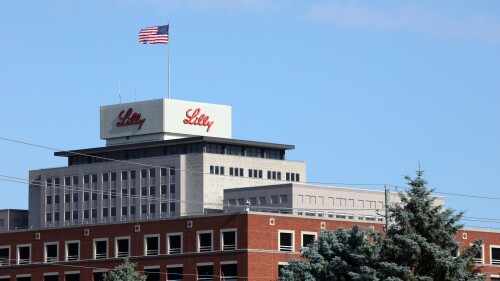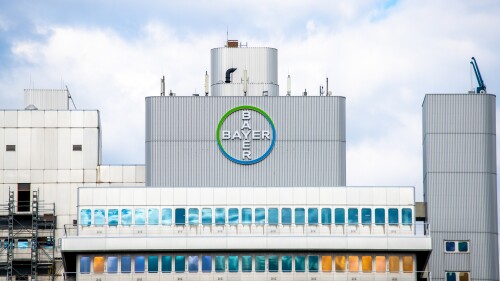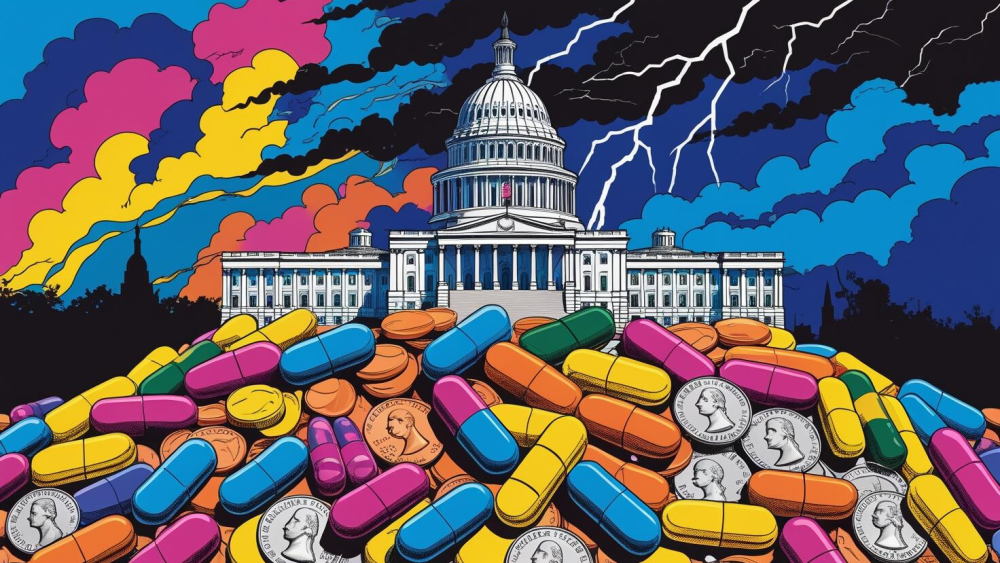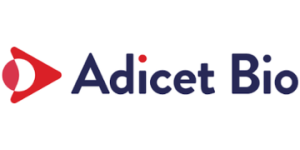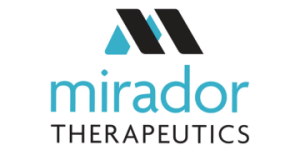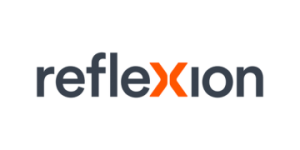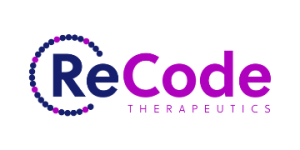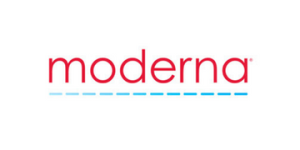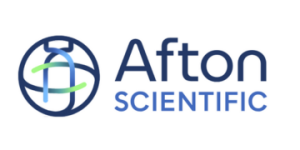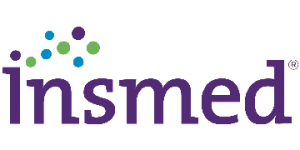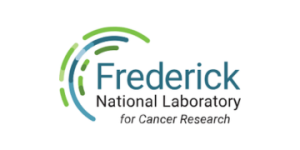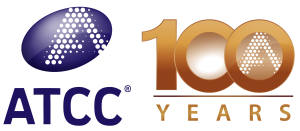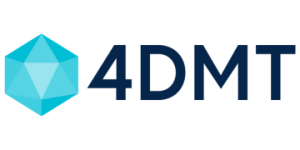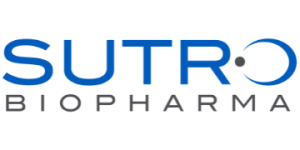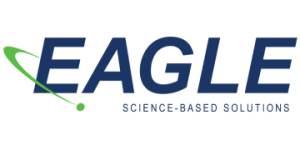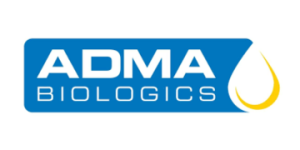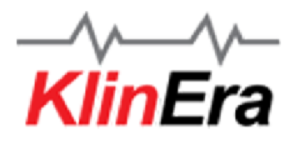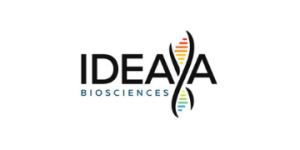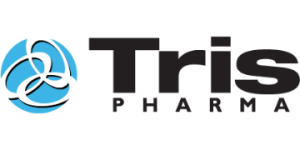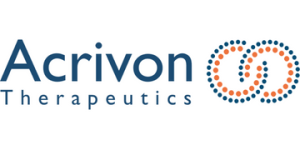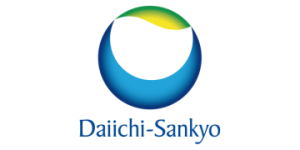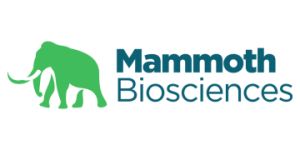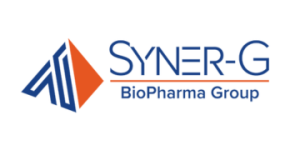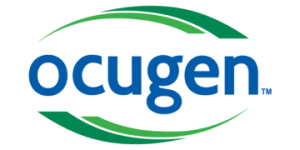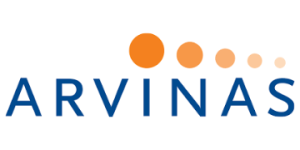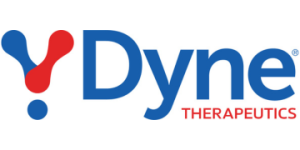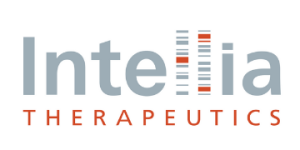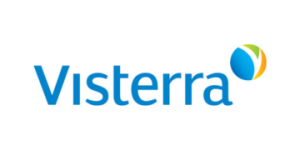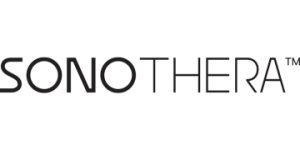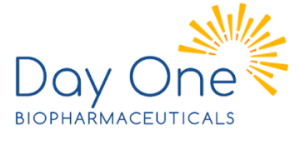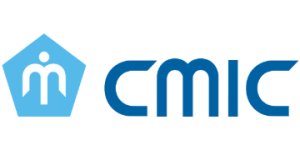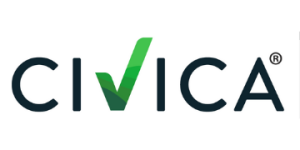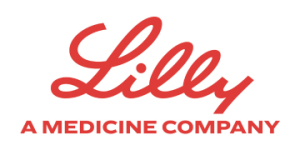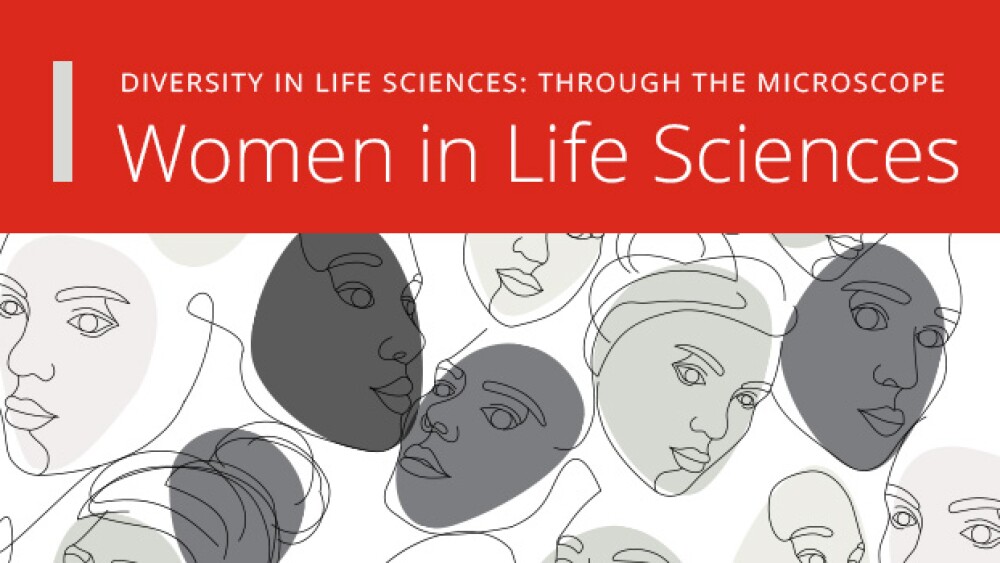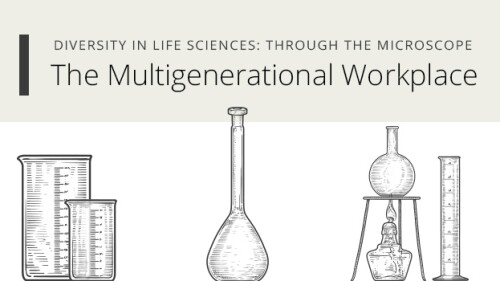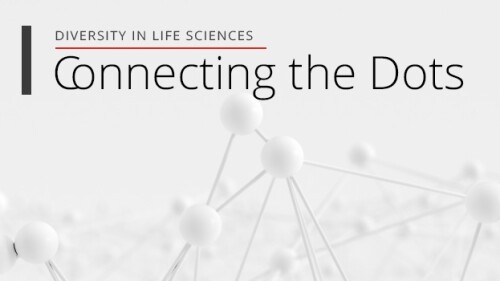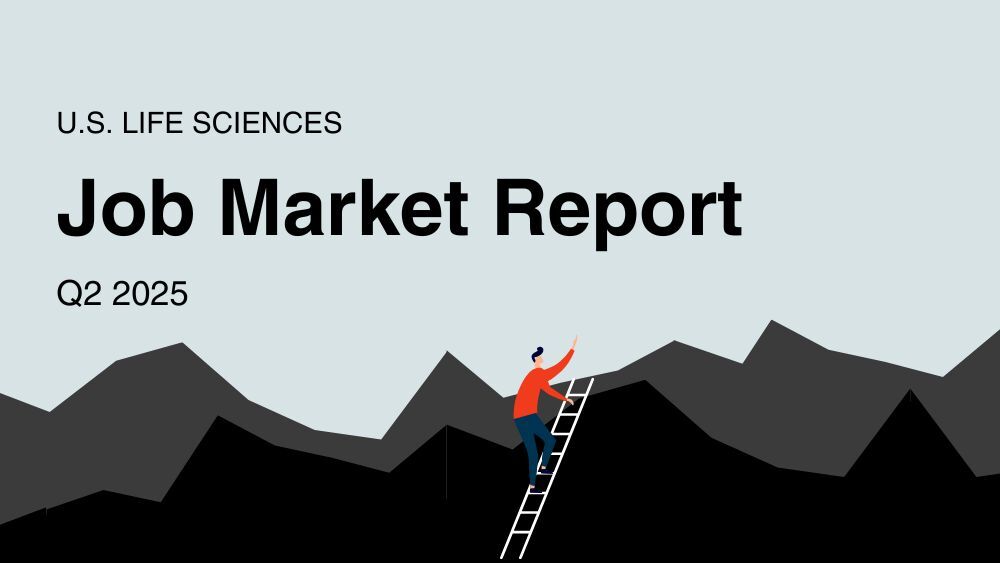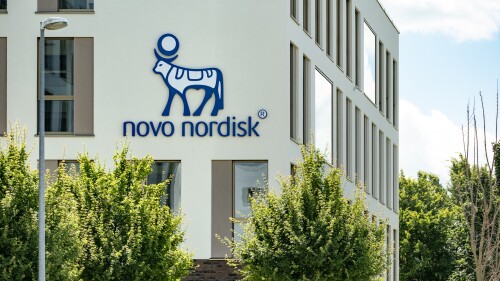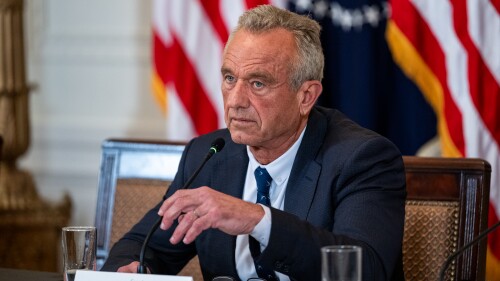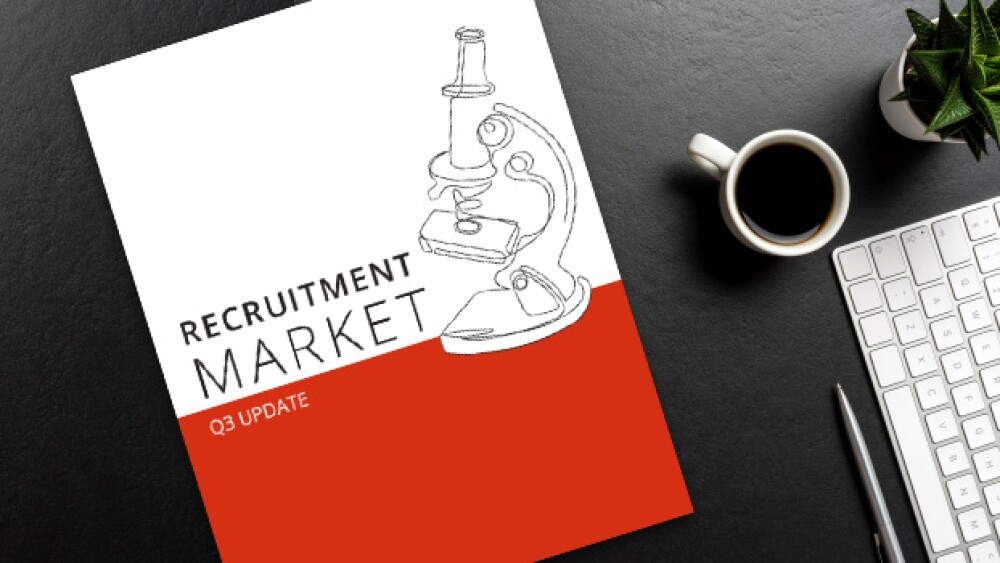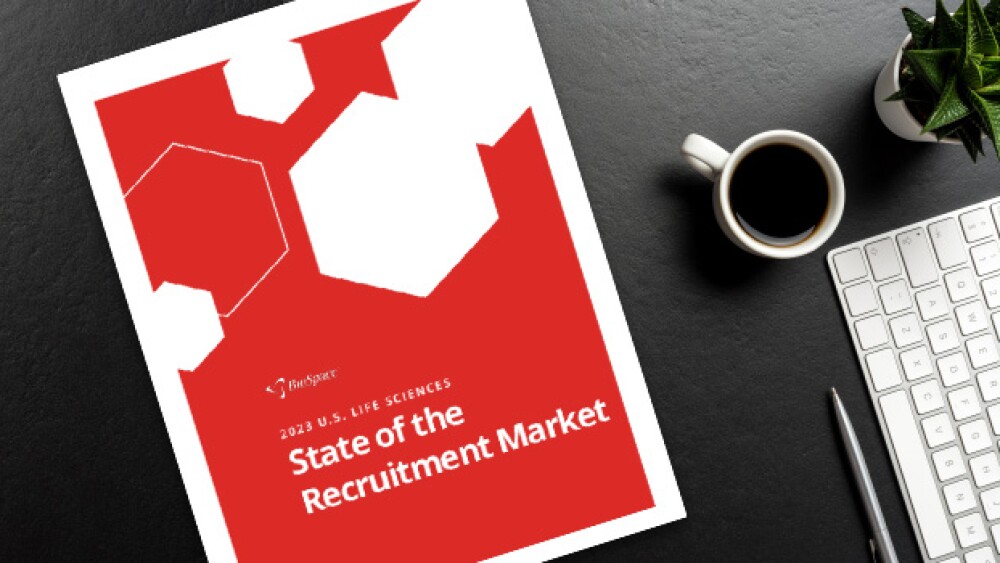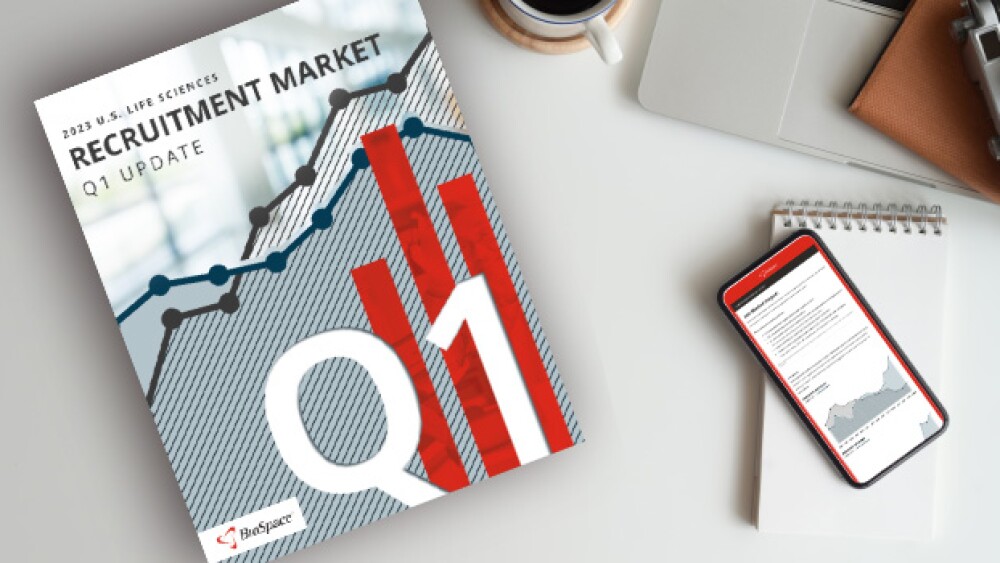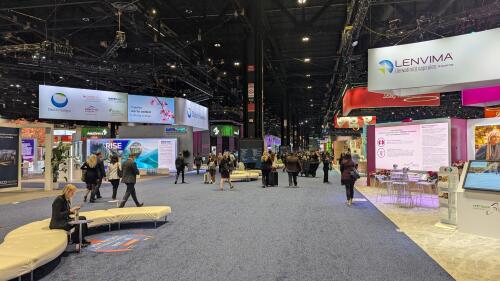Strand Therapeutics’ lead asset is STX-001, an intra-tumor self-replicating mRNA therapy that carries a payload expressing the immunomodulatory protein IL-12.
Eli Lilly’s orforglipron cut body weight to a lesser extent than rival Novo Nordisk’s semaglutide, falling into analysts’ bear scenario for the oral med. Executives brushed off the concerns and said the drug will still have a wide advantage on the market.
Sarepta did not hold an investor call for its second-quarter earnings report or provide an updated full-year revenue outlook.
In this episode presented by Cresset, BioSpace’s head of insights Lori Ellis discusses the emerging geopolitical battle for AI supremacy and global AI governance with Mutlu Dogruel, VP of AI and Mark Mackey, CSO of Cresset.
The small molecule drug, acquired by Jazz Pharmaceuticals in its $935 million Chimerix pick-up this spring, is intended for relapsed adult and pediatric patients with H3 K27M mutations.
The German giant has already trimmed more than 10,000 employees since initiating a massive restructuring initiative in July 2023. Bayer said even more cuts are coming as it weathers up-and-down sales across its portfolio.
FEATURED STORIES
Drug pricing, budget cuts, tariffs and other shifts under the Trump administration undermine the biopharma and healthcare ecosystem.
The Inflation Reduction Act includes an exemption for orphan drugs for a single indication, but experts say this is far from sufficient to maintain momentum in the rare disease space.
In advance of this week’s CDC vaccine advisory meeting, HHS Secretary Robert F. Kennedy Jr. restacked the committee, claiming problematic industry ties within the previous group. Experts say ACIP had long navigated COIs appropriately and that the new appointees risk the apolitical nature of membership.
On the sidelines of BIO2025, Julie Gilmore, head of Lilly Gateway Labs, shares her thoughts on the $1.3 billion Verve Therapeutics buy, where Lilly’s therapeutic puck is potentially going and how the company is leveraging its unprecedented success in obesity to support young biotechs.
EY’s 2025 Biotech Beyond Borders report provides a sobering snapshot of the industry’s financial health, with more and more companies facing cash runways of less than one year. The analyst firm’s leaders urge a return to basics for biotech.
Industry watchers responded mostly positively to the commissioner’s new voucher program, but worries remain over staffing cuts at the agency.
FROM BIOSPACE INSIGHTS
Over the last two decades, women have achieved near equal levels of representation in life sciences - though there are distinct gaps in leadership and pay equity. The experience of women also differs vastly depending on age, race, and other factors.
LATEST PODCASTS
In this episode presented by DIA, BioSpace’s head of insights Lori Ellis discusses how collaboration and investment shape the the future of women’s health with Martin Hodosi, partner at Kearney and Melissa Laitner, director of strategic initiatives at the National Academy of Medicine.
FDA Commissioner Marty Makary talks about his plans to revamp drug development and reduce ‘conflicts of interest’ between the agency and pharma industry; Roche and Regeneron jump on the U.S. manufacturing train as Trump’s tariffs loom; and Eli Lilly scores a big win for orforglipron while Novo Nordisk reveals it has applied for FDA approval of its oral semaglutide.
Donald Trump takes biopharma on a tariff-themed rollercoaster ride; J&J kicks off the Q1 earnings season; experts express concern about the FDA’s future; Pfizer’s obesity setback could be Viking’s gain; and BioSpace reveals the highest paid pharma CEOs.
Job Trends
Job postings in California took a dip in December during the holiday period, but activity is expected to pick up in January.
Subscribe to Genepool
Subscribe to BioSpace’s flagship publication including top headlines, special editions and life sciences’ most important breaking news
SPECIAL EDITIONS
BioSpace data show biopharma professionals faced increased competition for fewer employment opportunities during the second quarter of 2025, with increased pressure from further layoffs.
BioSpace did a deep dive into executive pay, examining the highest compensation packages, pay ratios and golden parachutes—what a CEO would get paid to leave.
A new generation of checkpoint inhibitors is emerging, with some showing more promise than others. From recent TIGIT failures to high-potential targets like VEGF, BioSpace explores what’s on the horizon in immuno-oncology.
DEALS
-
M&A and IPOs got off to a quick start in 2025 only to crash into a wall of policy challenges. Upfront payment for licensing transactions, however, grew as pharmas looked for less-risky deals.
-
The Alchemab deal will further strengthen Lilly’s early-stage pipeline for amyotrophic lateral sclerosis, coming less than a year after the pharma licensed QurAlis’ antisense oligonucleotide to correct a specific protein alteration in ALS.
-
After multiple rounds of layoffs that cut Kronos down to just 10 people, the small molecule biotech has accepted a buyout offer from Kevin Tang’s Concentra Biosciences.
-
Announcing first-quarter results, Biogen CEO Chris Viehbacher admitted that tariffs are “a new topic for us,” but said he does not expect major impacts—at least for 2025.
-
Many companies have foreshadowed deals to come during earnings calls in recent days. The return of M&A would be a welcome sign for the biopharma ecosystem, which has been battered by macro headwinds such as tariffs and the possibility of new drug pricing pressures.
WEIGHT LOSS
-
In addition to eliciting greater weight loss than Novo Nordisk’s Wegovy, Eli Lilly’s Zepbound does not come at the expense of safety, according to newly released comprehensive tolerability data—findings that Leerink analysts say confirm the GLP-1 drug’s edge in the closely watched market race.
-
Following a similar decision in case the trade group Outsourcing Facilities Association brought against FDA over its decision to declare the end of the shortage of Novo Nordisk’s semaglutide, Judge Mark Pittman agreed that Eli Lilly’s tirzepatide is in sufficient supply, meaning compounding pharmacies can no longer sell the lucrative weight loss drugs.
-
The FDA in February formally declared the end of the semaglutide shortage, which Novo Nordisk expects will help improve the market position of Wegovy. But Eli Lilly’s Zepbound is quickly gaining ground, with sales just $300 million behind Wegovy in Q1.
-
A new executive order aims to smooth the path for getting U.S. manufacturing facilities up and running; HHS says it will require placebo-controlled trials for all vaccine approvals; tariff threats hit BioNTech; Novo Nordisk’s FDA application for an oral version of Wegovy is accepted; and more.
-
The FDA accepted Novo Nordisk’s NDA for an oral formulation of Wegovy. The agency is expected to release its verdict on the drug in the fourth quarter of this year.
POLICY
-
Leerink Partners called the announcement a ‘positive’ given the delayed timeframe and the uncertainty that the administration will implement tariffs at all.
-
The FDA will allow a new dosing schedule for Eli Lilly’s Alzheimer’s drug Kisunla that could lessen a known side effect of the monoclonal antibody drug class that has led to several deaths.
-
President Donald Trump’s One Big Beautiful Bill, signed into law last week, reintroduces broader exemptions for orphan drugs from the IRA’s drug price negotiation program—a move welcomed by the biopharma industry. The new tax law also cuts Medicaid funding, posing a minimal risk to pharma’s bottomlines and potentially jeopardizing hospitals’ 340B status. It does not, however, include new rules for pharmacy benefit managers that had been in an earlier draft.
-
Societies, including the American Academy of Pediatrics, allege that Kennedy’s directive to remove COVID-19 from vaccination guidelines for healthy pregnant women and healthy children puts these vulnerable groups at risk of serious illness.
-
Despite rehiring hundreds of FDA, CDC and NIH employees, the Department of Health and Human Services is still a skeleton of its former self under Health Secretary Robert F. Kennedy Jr.
A BioSpace LinkedIn poll showed that just 19% of respondents believe biopharma professionals need Ph.D.s for scientist roles.
Employers have adjusted to higher salaries. That also means they’ve become adamant they get specific skill sets, according to Greg Clouse, BioSpace recruitment manager.
Looking for a job in Texas? Check out these nine companies hiring life sciences professionals like you.
Whether they’re newly minted managers or C-suite executives, effective managers often lead with empathy, intellectual curiosity and vulnerability.
Generative AI could enhance and accelerate the way people work on clinical trials. In this Q&A, a management consultant shares his insights on benefits, risks and more.
While many describe California as having a tough life sciences market, there’s some optimism that employment opportunities will improve soon, according to California Life Sciences President and CEO Mike Guerra.
HOTBEDS
REPORTS
Get up to speed with BioSpace’s data with up-to-date info about retention, layoffs, “quiet quitting” and projections for 2023.
After a tumultuous 2022, life science employers are settling into their hiring goals for 2023. Though they may be hiring at lower volume, the majority of organizations are still actively recruiting.
Economic turbulence has persisted into 2023 and the life science industry is certainly not immune. How are organizations juggling business needs, budgets, recruitment and retention?
CANCER
-
The Seattle-based company came to ASCO25 with new data on its neuroendocrine tumor–treating lead therapy, with big vibes and speedy speech.
-
Analysts at Truist Securities called the mid-stage data a “mixed bag,” also flagging gastrointestinal adverse events. However, the readout is unlikely to be “incremental” to Corcept’s overall stock narrative.
-
Sanofi and BMS paid big money for rare disease and cancer assets, while Regeneron got in the obesity game; AstraZeneca, Gilead and Amgen shone at ASCO; RFK Jr. and the CDC appeared to disagree over COVID-19 vaccine recommendations and several news outlets are questioning the validity of the White House’s Make America Healthy Again report.
-
Kura Oncology won FDA priority review for its drug the day before announcing new data at ASCO 2025 showing remission in about one-quarter of patients.
-
The cancer conference overwhelms the senses and shows off the might of the pharmaceutical industry.
NEUROSCIENCE
-
The report takes from HHS Secretary Robert F. Kennedy Jr’s playbook, calling out rising autism rates, the vaccine schedule and over medication of children as reasons for chronic diseases.
-
The deal helps revitalize the TREM2 target after the high-profile failure of AbbVie and Alector’s candidate last year.
-
After a tense exchange, Senator Patty Murray (D-WA) told Kennedy that by implementing sweeping cuts to the HHS, he is “enacting his budget,” which “Congress has not passed.”
-
Analysts at BMO Capital Markets said in a weekend note that a non-invasive blood test could help boost uptake of Alzheimer’s disease therapies.
-
The FDA also changed its tune and is now planning to convene an advisory committee to discuss Biohaven’s application.
CELL AND GENE THERAPY
-
The Platform Technology Designation, which predates the current FDA leadership, is designed to streamline the drug development and review process, particularly for rare diseases.
-
J&J has a multi-year head start, but Gilead believes it can win market share by delivering a drug with better safety and at least as good efficacy.
-
While an adverse event reported in Intellia’s gene therapy trial was a “non-concern” for analysts, it follows a handful of patient deaths in other trials for the modality and sent the company’s stock tumbling in pre-market trading.
-
Acute systemic infection caused the patient to develop fatal capillary leak syndrome, highlighting the unpredictability of gene therapies and potentially challenging investment in the space, analysts say.
-
Taking center stage at the American Society of Gene and Cell Therapy meeting was the first-ever reported case of a personalized in vivo CRISPR editing therapy, which substantially eased the symptom burden in an infant.





